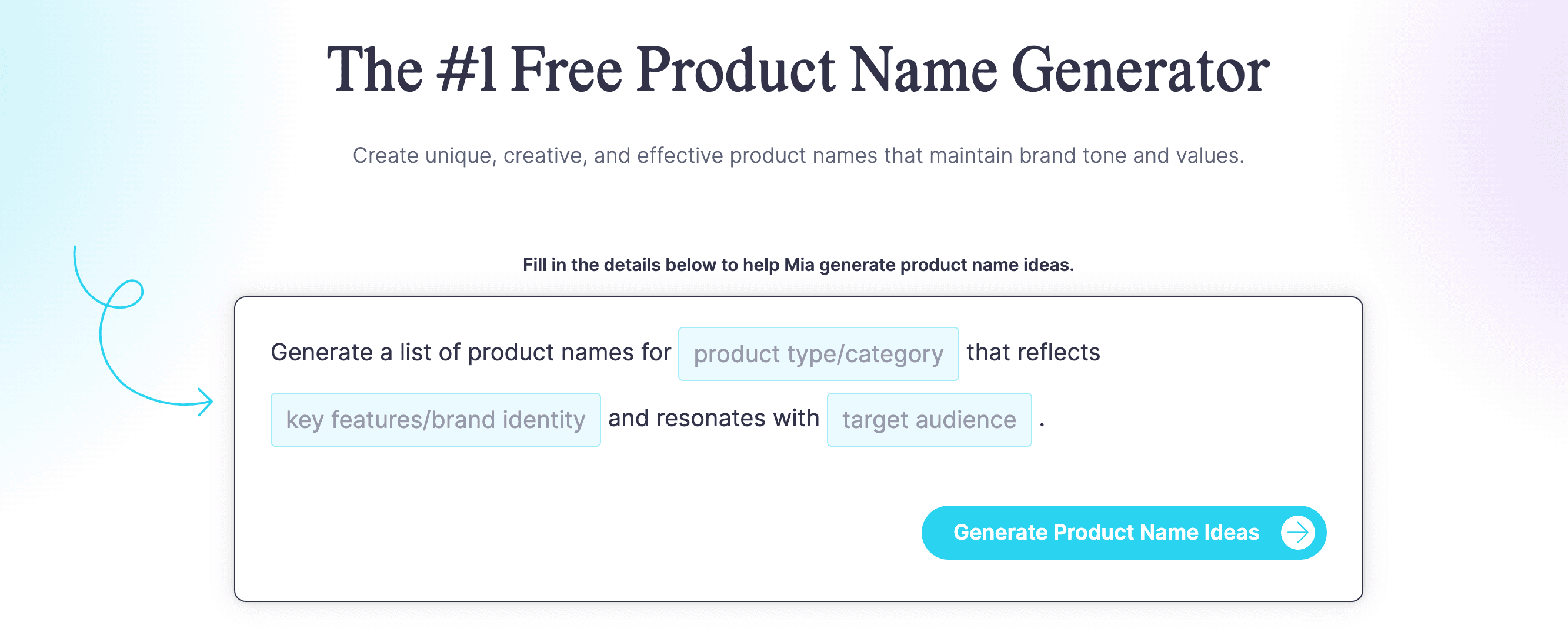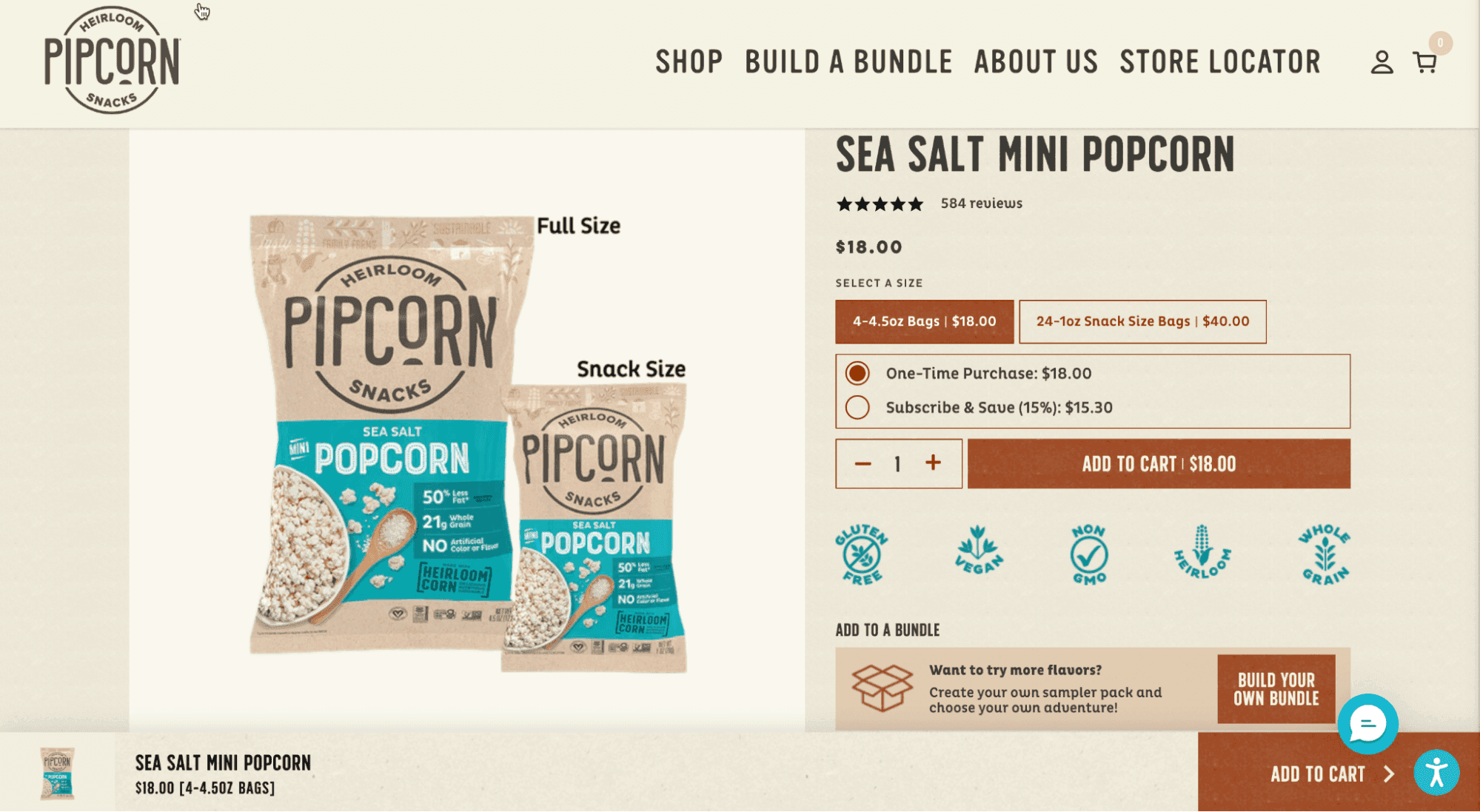Differentiating your brand from your biggest competitors is key to sustaining success. But if you want customers to pick your brand over others, you need to cultivate undeniable brand recognition and awareness. Achieving this involves refining every aspect of your branding, from the logo to the tagline, while ensuring your brand reigns supreme in customers’ minds.
What Is Brand Recognition?
Brand Recognition
Brand recognition indicates how well your target customers know and recognize your company and products.
It refers to their ability to identify your brand based on visual or auditory attributes, such as the logo, tagline, colors, packaging, and jingles.
So, the stronger your branding, the higher your brand recognition and the more likely people will remember your brand.
To boost brand recognition, you should regularly conduct market research to see how well customers recognize your brand. Then work on developing strategies and campaigns to make your brand stand out.
When customers become more familiar with your brand, they start to trust it more. This leads to positive word-of-mouth promotion and ultimately, more revenue for your business.
Try CoSchedule’s Product Name Generator to create unique, creative, and effective product names that match your brand!
Recommended: Company Slogan Generator
Looking for a memorable business name? Our Business Name Ideas Generator can help you discover one that fits perfectly. Start exploring now!
Why Is Brand Recognition Important?
Brand recognition is important because it builds customer trust. When people recognize and know your brand, they automatically associate it with quality and value. This familiarity reduces their hesitation when considering your product and enhances overall brand awareness.
What Are The Benefits Of Brand Recognition
- Boosts brand awareness: When customers recognize your brand, they connect it with positive qualities like value for money and quality. This association increases their awareness of your brand and what it stands for.
- Provides a competitive edge: Brand recognition helps your company stand out from competitors. When customers have multiple options, they are more likely to choose a brand they already know and trust.
- Builds brand equity: Familiarity breeds value. When people are familiar with a brand, they perceive it as more valuable. This allows you to charge a premium for your products because customers have a positive impression of your brand.
- Improves product marketability: Brand recognition enhances the perceived value of products from trusted and familiar brands. Customers eagerly anticipate new product launches, making them more likely to be successful.
Boost Brand Recognition
Here are four tips to boost your brand recognition and make it stick in people’s minds:
Get Your Branding Basics Right
While obvious, this tip is often overlooked. Make sure your brand name and logo resonate with your audience, have high recall, and represent your company values. Use them consistently across your assets like your website, e-signature, and social media icons.
Bring Your Customers To The Forefront
Provide ongoing value to both potential and current customers. Go above and beyond their expectations and train your team to deliver exceptional service consistently.
Stay Visible In The Market
Out of sight is out of mind. Keep your name in front of the market by posting blog articles, sending newsletters, and sharing engaging content on social media. You can also share valuable resources that cater to your target audience.
Build A Thriving Community
Foster a loyal customer community by organizing in-person or digital sessions where your audience can connect and share knowledge. Keep it open for everyone interested to join, allowing you to engage with existing customers and network with potential clients.
Measure Brand Recognition
Measuring brand recognition is akin to measuring brand awareness. The strategies are the same, and so is the motive. Here are four easy ways to measure brand awareness for your business:
Track Your Branded Search Volume
Find out how many times people search for your brand name or related keywords on search engines like Google. For example, at CoSchedule, we track the number of searches for ‘CoSchedule’ or our products.
Leverage Social Listening
Monitor how often people mention your brand on social media. Look for positive or negative mentions and identify which demographics talk about your brand the most. Additionally, measure the reach of these mentions (how many people saw your brand mentioned) and use language processing algorithms to determine sentiment. Calculating your Net Promoter Score (NPS) helps gauge customer recommendation likelihood.
Track Your Share Of Voice (SOV)
Analyze how frequently your brand appears in relation to your competitors for important keywords. This helps you understand your brand’s coverage in social media, marketing, and advertising, and gives insight into how your target audience perceives your brand compared to competitors.
Send Out Surveys
Surveys are an effective way to gather information about your customers’ familiarity with your brand. You can also use surveys to ask potential customers if they are familiar with your brand and products.
Examples Of Brands With Strong Brand Recognition
McDonald’s
Imagine a brand so iconic that its advertisements don’t even mention its name. That’s what McDonald’s accomplished with their recent “unbranded marketing strategy.”
The ad shows a woman dressed in the brand’s signature red and yellow colors, featuring lots of arched Ms—on the yellow post-its to the arched eyebrows. The catchy “Oh, Yeah” music plays in the background, to answer the one burning question: Do you fancy a McDonald’s?
Pipcorn
Pipcorn has successfully captured the attention of health-conscious and vegan customers by strategically aligning itself as a healthy company. Even its packaging serves as a powerful testament to its commitment to health and transparency.
Each Pipcorn product label proudly displays strategic words, such as “non-GMO,” “low in fat,” “whole grain,” and “gluten-free.” This brilliant approach not only reinforces the company’s commitment to its brand values but also enhances transparency regarding the ingredients used.
As a result, Pipcorn not only earns the trust of its target audience but also gains notable recognition for its dedication to providing healthy options.
Nike
Nike has nailed the basics with a memorable logo and catchy tagline. However, what truly distinguishes the brand is its skillful storytelling in ads.
Every Nike ad tells a compelling story that deeply resonates with its audience, establishing a powerful bond with the brand. Moreover, these ads prominently feature respected role models who inspire viewers to embark on meaningful journeys and achieve their ambition, with Nike ideally positioned as a vital part of their journey. This ensures the brand stays at the forefront of viewers’ minds long after the ad is over.





